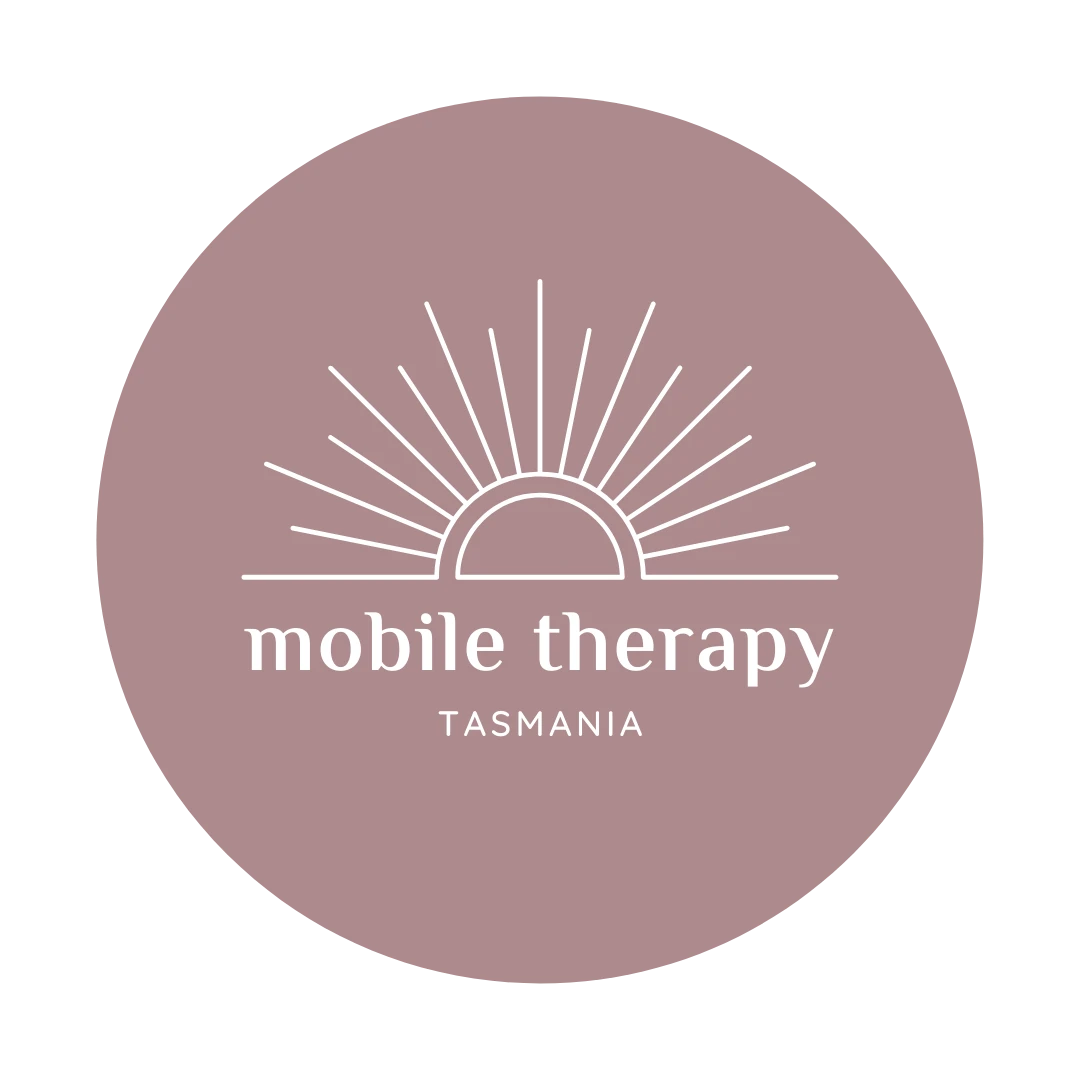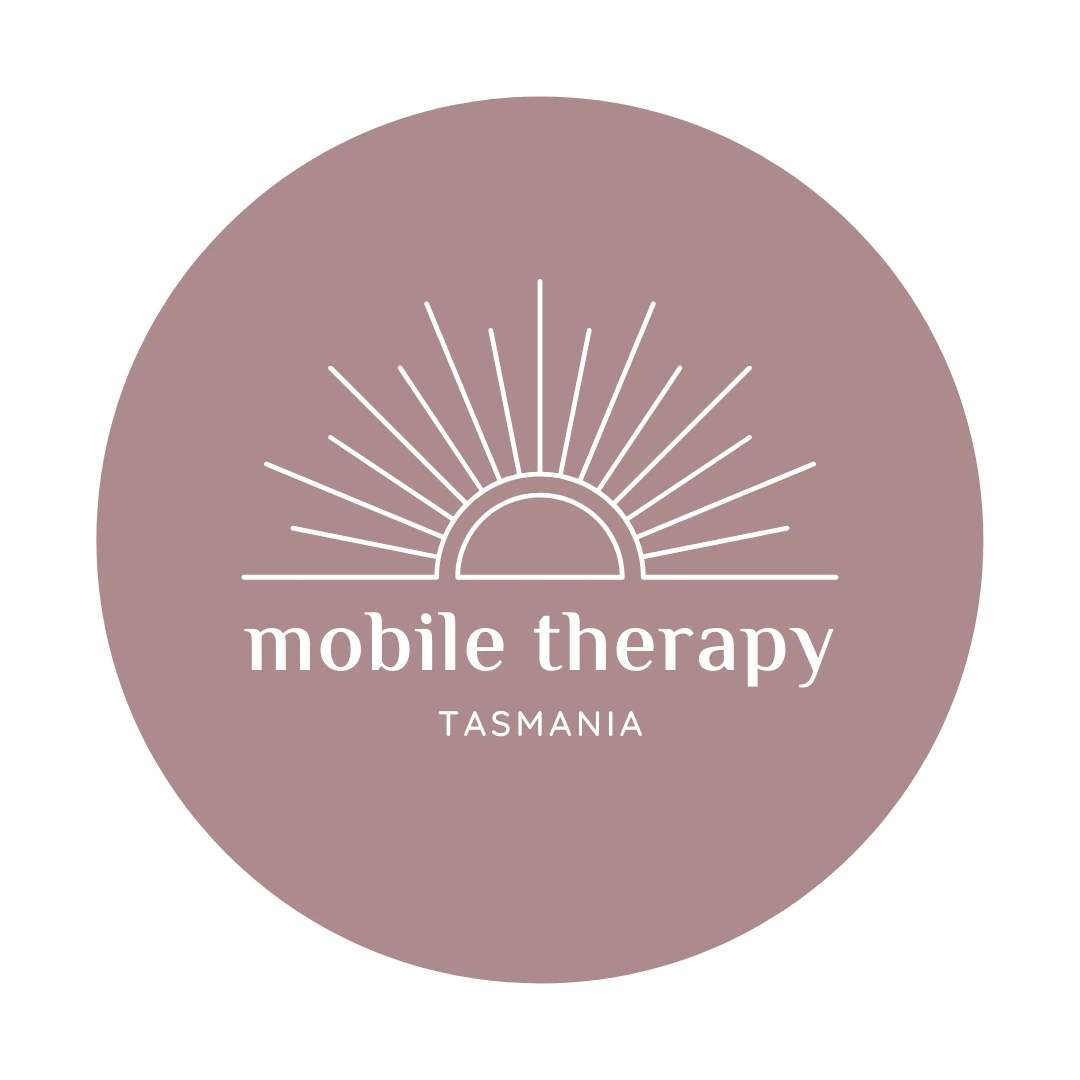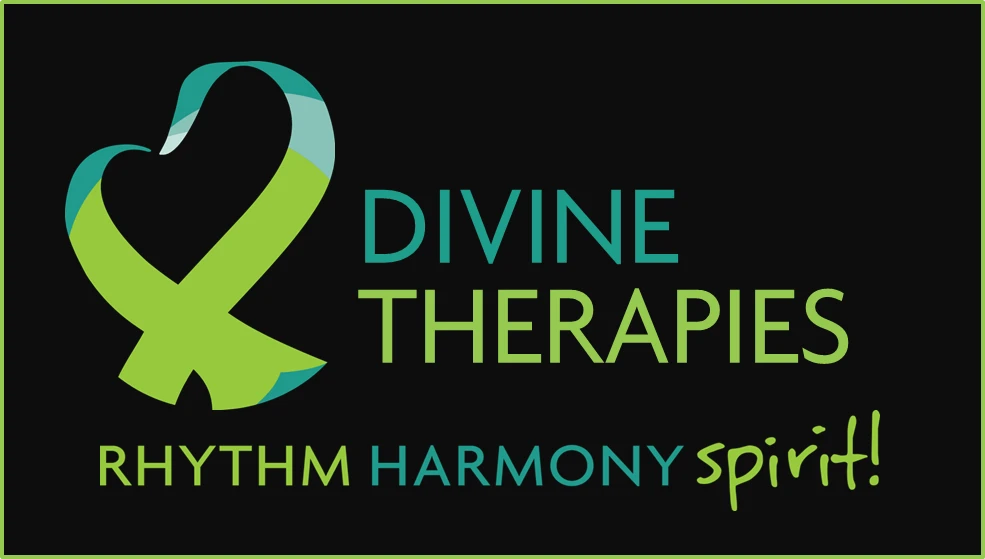
Hypnotherapy to deal with pain
We are all familiar with medication to deal with pain, however hypnosis is the most frequently cited form of non-pharmacologic cognitive pain control. Hypnosis is an altered state of consciousness. It is where one's attention is focused; this creates an environment in which the brain can process information to bring about beneficial changes in a person. This essay explores how hypnosis can be used for pain.
Read more
Unleashing Mental Strength: The Impact of Karate on Your Mind
Karate, beyond its striking moves and powerful strikes, has the remarkable ability to transform your mind.
Read more
Why we need yoga and mindfulness in Early Childhood
Mental health awareness is highlighting the many challenges that kids are facing today. Yoga and mindfulness teaches kids to love themselves as they are, it develops robust resilience and boosts self-esteem whilst creating confidence to build relationships and to reach out to ask for help when it’s needed.
Read more
The (Im)possibility of work-life balance
Happiness can be a delicate creature. It has to be fed, nurtured and given attention. If we are too busy to nurture it then it grows weaker. In some cases happiness becomes so weak that it seems dead, but it is merely lying dormant until it is nurtured once more. For it to remain strong we need to create and maintain a balance between things that consume our energy and things that replenish our energy. This is often referred to as work/life balance.
Read more
What is normal health?
The list of illnesses that plague the modern world are basically signs and symptoms that something is going wrong in our bodies, and collectively so because many people are suffering from them. The problem is we have evolved over hundreds of thousands of years to eat and live a certain way, but we have abandoned that way of living and our health is declining because of it.
Read more
Full Moon Eclipse - I forgive, I heal, I set myself free
Forgiveness “When a deep injury is done to us, we never heal until we forgive.”-Nelson Mandela.
Read more
What does an Osteopath even do??
We get it. Lots of people don’t really know exactly what we do. First of all, it doesn’t help that our name is a massive misnomer, a relic of the past where bony “alignment” was emphasised far more than what we know to be useful today.
Read more
The gift of pain
Pain really is our most honest voice. It is a gift designed to protect us from further pain and tell us that we have incredible value and need to be protected. Pain tells us what is not right and informs us about the things that are unsustainable and emotionally damaging that need changing. This article explains how you can listen to pain and use it to learn for the future.
Read more
Seven strategies to improve your quality of sleep
How well do you sleep? Is sleep, the most important aspect to maintain good health? The reality is you can have a really healthy diet, get plenty of exercise, practice yoga and be on the best quality supplements, but if you don’t get quality sleep, your health will be compromised. Keep reading for more strategies that will help improve your quality of sleep.
Read more
How deep conscious breathing relieves stress
An easy and effective breathing strategy to reduce stress, build life force energy and bring you into presence. When we bring consciousness to our breath we can affect our body, mind, and the involuntary sympathetic nervous system responsible for the fight or flight response. These simple tips will show you what you need to do.
Read more
Eye spy a trauma cure
Accredited experts and organisations, including the World Health Organisation are giving the thumbs up to Eye Movement Desensitisation and Reprocessing (EMDR) as a way of treating trauma. Find out why.
Read more
Just breathe – 3 calming techniques for you and your child
Check-in with yourself in this very moment. How are you feeling right now? Take a minute to watch what your breath is doing. If you are relaxed you will find that your breath is slow and calm. If you’re having a difficult day you may find that your breath is short and shallow. Our breath centres how we feel and it influences how we respond to what is happening around us.
Read more
Ten signs you could have a thyroid problem
If you have a thyroid problem you could be experiencing several symptoms. This article goes into some details on each of the symptoms so you can make an informed decision about whether you need a professional or not.
Read more
About kinesiology and what it does to your body
Kinesiology looks at the body as a whole - Mind, Body and Spirit, as one unit. If there is an imbalance in one area then it’s probably impacting the other areas. Kinesiology, through muscle monitoring allows us to determine where these imbalances are without the need for conscious awareness. This article explains why.
Read more
How yoga and mindfulness can help kids with Asthma
Inversions are a great way to shift excess mucus from the lungs and balance out the immune system; they’re also fun to do. Most age groups can practice Supported Shoulderstand or Legs Up The Wall. Both Downward-Facing Dog and Bridge pose are inversion too.
Read more
How Many Yoga Classes Should I Do a Week?
Finding the right number of yoga classes to attend each week can be tricky. It really depends on your personal fitness goals, lifestyle, and how much you want to immerse yourself in yoga. A few classes a week can provide significant benefits, but if you’re looking to deepen your practice, more frequent sessions may be the way to go. Remember, consistency is key to unlocking the full benefits of yoga!
Read more
5 great things about mobile personal training
'Functional fitness' is a trendy term. Basically it means you exercise in a way which is more like movements you do in daily life. This includes picking things up, putting things down, getting up and down from a chair.
Read more
10 reasons for Teenagers to attend Counselling
If you're questioning treatment for your teen, err on the side of caution and contact a professional.
Read more
How does laser tattoo removal work?
Let’s first understand how tattoos work. The tattoo pigment is placed in the Dermis. This is the deeper layers of the skin, and the ink particles cannot be absorbed by the body here. This makes the ink permanent. Tattoo laser removal works by directing the laser light onto the tattoo. The laser light is set at wavelengths depending on the ink colour. Black ink is the easiest to remove or fade. Reds, blues, and greens can take a little longer. The tattoo ink absorbs the laser light, and the ink particles are shattered into tiny little particles.
Read more
Why should you think about taking up traditional Taekwondo?
Engaging in regular physical activity like Taekwondo can be a great way to relieve stress.
Read more














